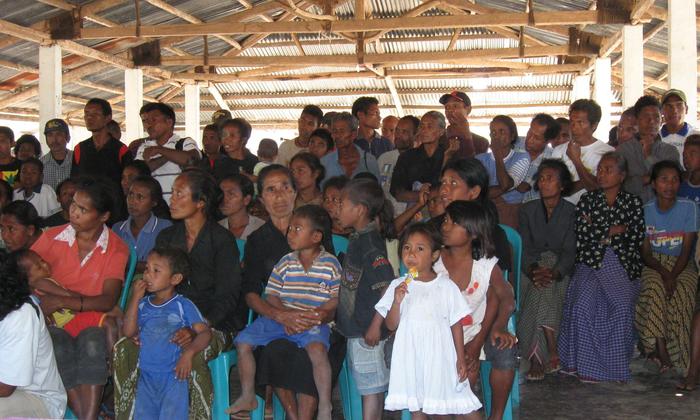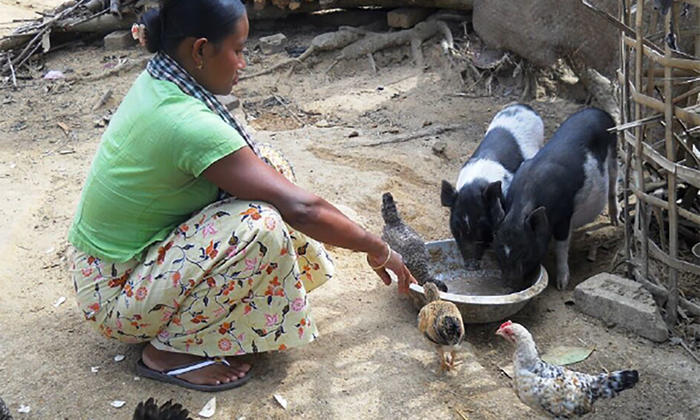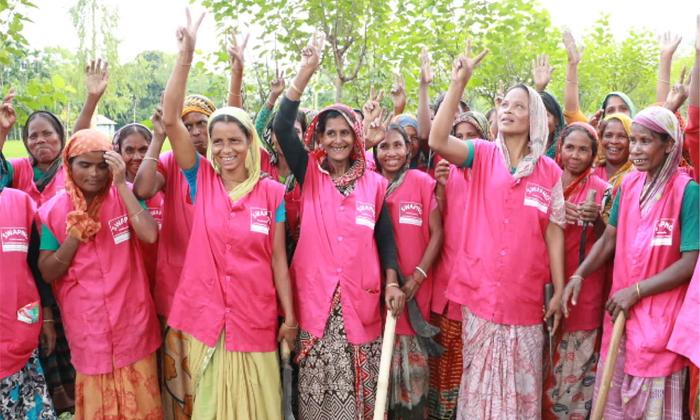The institutional changes that followed the Jasmine Revolution caused some delays in the formulation of plans but offered an opportunity to forge a broad-based consensus among several local actors
Case study
Regional action plan for youth employment in Tunisia

SDGs ADDRESSED
This case study is based on lessons from the joint programme, Engaging Tunisian youth to achieve the MDGs in Tunisia
Read more
Chapters
Project Partners





1. SUMMARY
The turmoil that shook Tunisia during the Arab Spring was directly related to the lack of jobs for young Tunisians, especially in marginalized areas of the north-west, west and south. A third of young people were jobless, an urgent challenge for the new government as it worked to achieve the Millennium Development Goals (MDG) target of full and productive employment for all. The programme on “engaging Tunisian youth to achieve the MDGs” (the Programme) supported efforts to develop capacities in migration-prone areas by creating decent jobs and promoting local competencies.
The Programme operated in the pilot regions of El-Kef, Gafsa and Tunis and aimed to target two groups -- unemployed university graduates and unemployed unskilled youth. Its goals were:
- To enhance national and regional capacities to develop, implement, coordinate and monitor regional employment and migration policies and programmes; and
- To promote innovative entrepreneurship and job creation schemes, including a circular migration mechanism for the targeted youth of the pilot regions.

Ben Othman, one of the beneficiaries of the Programme, is the president of the Plastics Manufacturing Company, which produces biodegradable plastic pellets. "I took a 3-week training which allowed me to become familiar with the basic concepts of finance and management in order to develop my own project”
2. THE SITUATION
At the start of the Programme, despite sustained economic growth rates averaging around 5 per cent on an annual basis for over a decade, the youth unemployment rate in Tunisia was three times higher than adult unemployment. Of particular concern were the high unemployment rates among young university graduates (over 65 per cent remained unemployed for at least 18 months after graduation); the low share of women in employment (38 per cent); the magnitude of informal employment (40 per cent of the labour force); and the large disparities in economic growth, income and wealth between internal and coastal regions.
The population and economic activities of Tunisia were concentrated mainly in the north-east (Governorate of Tunis) and the mid-east (Governorate of Sfax) of the country, with the coastal region accounting for 75 per cent of non-agricultural jobs. The poorest regions also suffered from a lack of attention on part of the authorities with the coastal areas receiving the majority of public investment.
The diverse economic and social backgrounds of the three governorates targeted by the Programme (Gafsa, Le-Kef and Tunis) required the adoption of a regional approach to the development of youth employment interventions. Regional Employment Plans (REP) on youth employment became a means to decentralize the implementation of youth employment interventions and better address regional development gaps.

3. STRATEGY
The collection and analysis of labour market data in order to understand the nature and extent of the youth employment challenge at governorate level was integral to the formulation of the REPs. This required the capacity building of Regional Employment Observatories that gathered, systematized and analysed data related to youth labour supply, labour demand and conditions of work constraints in the three governorates. On the demand side, the analysis focused on the capacity of enterprises to absorb youth labour, the quality of jobs available to young workers, the skills demanded by growing occupations, and the economic sectors that had greater potential for job creation. On the supply side, the research focused on the returns on education, the job expectations of young labour market entrants, the incentives to take up informal employment, and jobs in the public sector. The analysis on conditions of work explored wage levels, hours of work, transition rates from informal to formal jobs and the extent of vulnerable employment.
Before defining the objectives of the REPs, complex problems were disaggregated by their cause-effect relations and prioritized, so as to allow local decision-makers to implement affordable and feasible strategies. This process required a public consultation involving several actors - local public institutions; employer and worker organizations; and groups representing the interests of young people.
The establishment of local technical committees provided a platform for public-private dialogue geared towards prioritising youth employment problems at the regional level and formulating strategic actions to tackle youth employment barriers. Its members were trained in the design, monitoring and evaluation of regional plans for youth employment, as well as the management of public-private policy dialogue. The committees started to refine the content and implementation strategies of their respective plans in early 2012. Since then, these plans became a reference to guide the various actors in the identification and implementation of youth employment initiatives in each governorate. The actions prioritized by the committees ranged from the reform of land titles to the introduction of emerging occupations through newly established vocational training centres (Governorate of Le Kef), to the maximization of agricultural value chains to the promotion of self-employment among young people (Governorate of Tunis).

Najet Salem, while still a student, began working with local artisans on carpet production when she was invited to take part in a Programme-supported training to improve entrepreneurial skills among Tunisian youth.ìFor me, it was very important to restore the value of these local products and to revive the know-how that once prevailed in the region. By being better educated, I could do better"
4. RESULTS AND IMPACT
The decentralized approach to the implementation of youth employment policy objectives was positive and addressed the economic and social specificities of each governorate. The added value of the Regional Employment Plans was demonstrated by the implementation of the agreed priority interventions even before their official launch. Important achievements included:
- Regional action plans for youth employment were developed in the three targeted governorates. These action plans were the result of a series of public-private dialogues.
- Improved mechanisms for migration, including interventions that addressed the reintegration of migrant workers returning to Tunisia, public-private partnerships, temporary labour migration to Belgium, and temporary labour migration to Canada.
- Training and support for university graduates and unskilled youth to start their own small businesses in the regions of Kef and Gafsa. Three groups were targeted: ex-prisoners (126) young women (20) and unemployed youth (63).
- An economic development initiative that encouraged innovative projects through an entrepreneurial competition, called Souk Has Tanmia: preference was given to projects proposed by youth, women and people from disadvantaged groups. Winners received a direct subsidy of DNT 10,000 - 30,000 and technical assistance through all stages of their projects. Of the 2,000 applications submitted from across the country, 300 projects were shortlisted, and 71 winners selected.
- Twenty studies were conducted, including on the weaving and snail-raising sectors. These provided information, analysis and diagnosis of the targeted governorates, especially Gafsa.

5. CHALLENGES
From the end of 2010, the Programme contended with major socio-political disturbances bringing many changes at the governmental and administrative levels and disruptions in Programme management. The National Director for employment changed four times during the Programme and the governors of targeted governorates were also changed at least twice in each governorate.
The Programme initiated the development of REPs in July 2011, which was just six months after the “Jasmine Revolution”. The institutional changes that followed caused some delays in the formulation of plans but offered an opportunity to forge a broad-based consensus among several local actors. This consensus allowed identifying priorities and moving into action under difficult circumstances.
Coordination between the various agencies that were part of the Programme was often a challenge. Their actions were often complementary rather than coordinated. Changes in the focal points in the agencies happened several times thereby hampering the monitoring and continuity of actions. To mitigate this situation, a resource dedicated to the coordination of the Programme was recruited in addition to the national coordinator which promoted interaction between UN agencies and the Ministry of Vocational Training and Employment.
6. LESSONS LEARNED
The best practices from the Programme are replicable in countries experiencing regional employment and economic development gaps, but also in instances where decentralization processes offer opportunities to make public actions more responsive to local development requirements. Some noteworthy practices included:
- The capacity building and training activities undertaken during the initial phase of the Programme greatly contributed to the achievement of Programme outcomes. These activities focused on capacity building of decision makers at the political level, among government officials, associations at the regional level and for vulnerable people benefiting from the Programme (youth and women in difficult or disadvantaged regions). Establishing clear coordination mechanisms between regional actors was also key in achieving results.
- The office of the Resident Coordinator (RC) facilitated the work of the different UN Agencies to ensure that the Programme proceeded as planned and that expected results were obtained. The RC also contributed by co-chairing regular meetings of the Programme Steering Committee and ensuring that the recommendations of each committee were followed and course corrections made. The RC continuously supervised the Programme to ensure that problems of coordination and coherence were resolved by a more systematic exchange of information by all parties. On the RC’s recommendation, all participating agencies drafted a common strategic framework outlining the relevant indicators for monitoring outputs.
- Three key features made the Programme innovative. First, the decentralization of interventions that were tailored to regional needs. Second, public private dialogue platforms provided a means to discuss problems and formulate solutions in a number of areas (e.g. employment, education and training, private sector development), even under difficult circumstances. This ownership made the practice sustainable. Third, the establishment of a framework for youth employment initiatives improved coordination and coherence, thus increasing the efficiency of interventions.
- While interventions were coordinated with national strategies and plans for economic and social development and employment, they were differentiated to address region-specific circumstances.
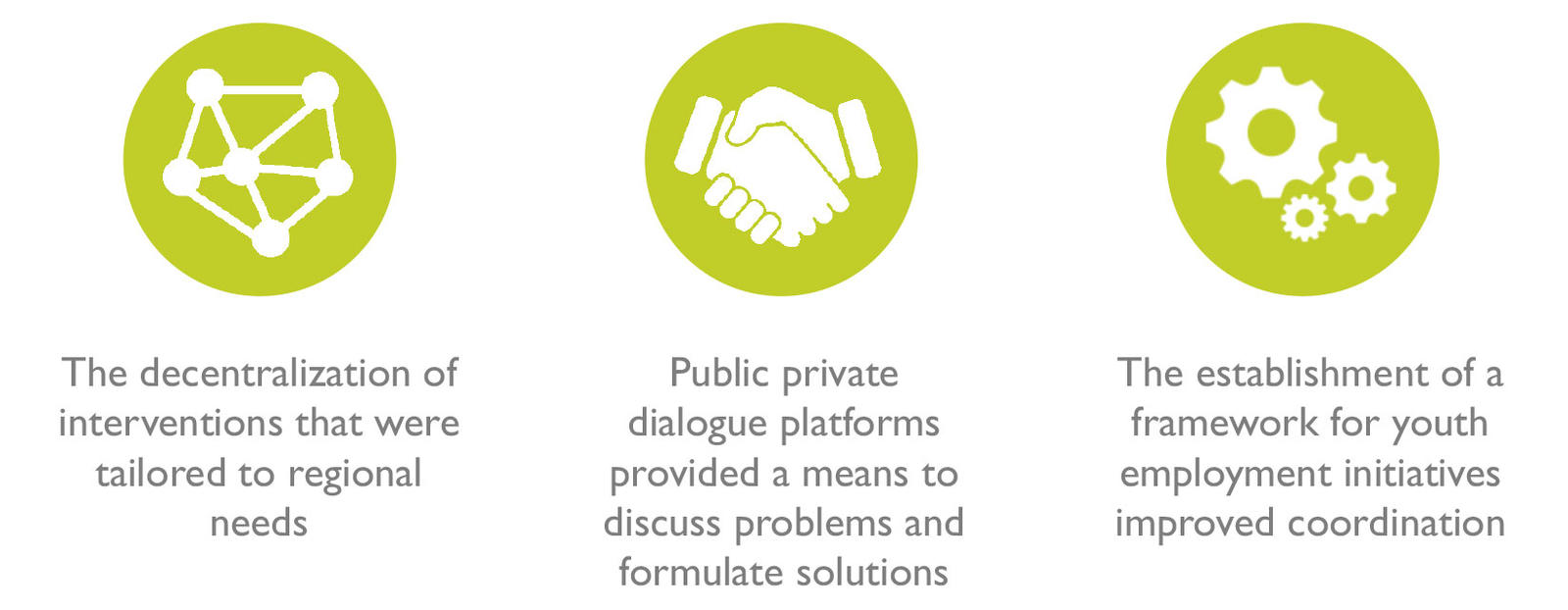
7. SUSTAINABILITY AND POTENTIAL FOR REPLICATION
The replicability of a decentralized approach to youth employment implementation would need to take into account a number of factors. First, such an approach is justified in countries where local labour market dynamics and regional disparities require specific interventions. In these cases, regional youth employment plans can be designed as a complement to nationwide youth employment policies. The latter should provide the overall framework within which regional actors shape interventions targeted to local specificities. Second, there must be strong commitment among decision-makers towards decentralization of implementation, including the management of financial resources. Finally, design and implementation is a complex process. It requires regional and local institutions that are able to analyse and prioritize problems (based on statistical evidence), formulate options that are feasible and affordable, monitor the results and incorporate lessons learned into the design of new interventions.
The Programme was formulated with a view to support employment, youth and migration in targeted areas, where regional disparities are strongly marked. Some initiatives emerging from the Programme were identified for scale-up and replication at a national level, while other initiatives were envisaged to build on the achievements of the Programme. These included:
- The REPs: the Ministry of Vocational Training started a national funding plan to finance priority actions in existing REPs and to develop REPs in other governorates of the country. UNDP also used the concept for the development of three new REPs as part of a new "Job Generation" project in the governorates of Siliana, Jendouba, and Bizerte.
- The government launched a Digital Entrepreneurship Platform in the governorates covered under the Programme with the eventual aim of expanding it to other regions of the country as well.
- The reintegration of young detainees: a framework agreement was signed between the Ministry of Justice (Directorate General of Prisons and Rehabilitation) and partner associations from the Programme allowing for the establishment of a legal framework for training programmes.
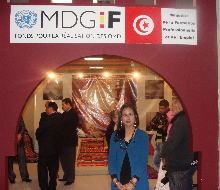
The National Artisnal Salon 2012, supported by the Programme, where 700 exhibitors came to display and sell their wares from every corner of Tunisia

